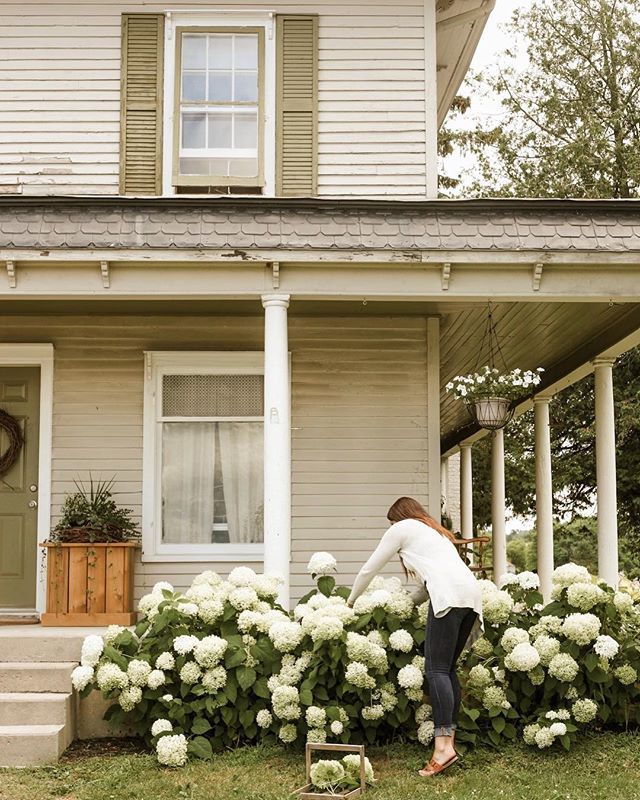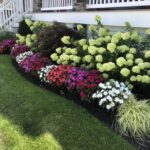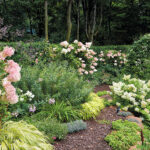Landscaping with hydrangeas can add a beautiful and versatile element to any garden or outdoor space. These flowering shrubs are known for their large, colorful blooms and lush foliage, making them a popular choice among gardeners and homeowners.
One of the key factors to consider when landscaping with hydrangeas is choosing the right location for planting. Hydrangeas prefer a spot with partial shade and well-drained soil. They also benefit from being sheltered from strong winds, as this can damage their delicate petals and leaves.
In terms of design, hydrangeas can be used in a variety of ways to add visual interest to a landscape. They can be planted in groups for a bold and dramatic effect, or used as focal points in a garden bed. Hydrangeas are also great for creating borders or hedges, as their dense foliage can provide privacy and structure to a garden.
When it comes to caring for hydrangeas, it is important to water them regularly, especially during hot and dry periods. Mulching around the base of the plant can help retain moisture in the soil and prevent weeds from growing. Pruning is also essential to ensure healthy growth and abundant blooms – hydrangeas should be pruned in late winter or early spring before new growth begins.
Another important aspect of landscaping with hydrangeas is selecting the right variety for your specific climate and soil conditions. Hydrangeas come in a range of colors, sizes, and shapes, so it’s important to choose a variety that will thrive in your particular garden environment. Some popular hydrangea varieties include the classic mophead hydrangea, the lacecap hydrangea, and the panicle hydrangea.
Overall, landscaping with hydrangeas can add beauty, color, and texture to any outdoor space. With proper care and maintenance, these versatile shrubs can thrive and become a stunning focal point in your garden or landscape design. Whether used as a standalone plant or as part of a larger landscaping scheme, hydrangeas are sure to make a lasting impression.
















